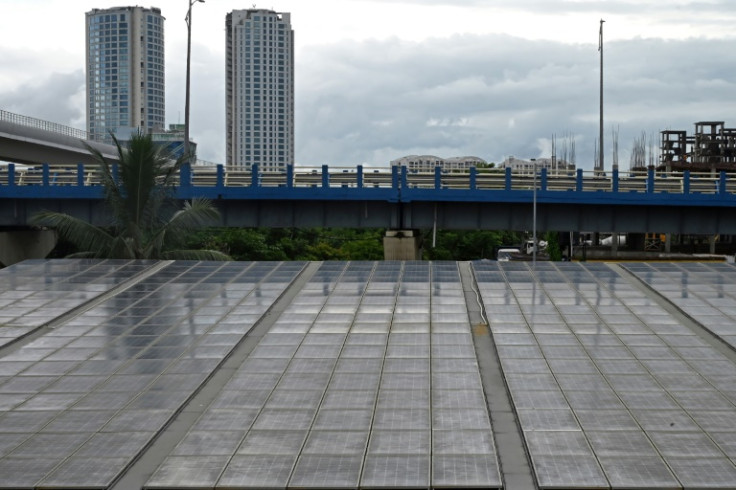India On Track To Have 50% Energy Via Non-Fossil Fuel Sources: Minister

KEY POINTS
- Non-fossil fuel sources accounted for about 44% of India's power generation capacity, the power and renewable energy minister said
- Singh said a total of 186.46 GW capacity from non-fossil fuel-based energy resources has been installed in the country
- India is still heavily reliant on coal, which accounts for more than half of the country's power generation capacity
About 44% of India's power generation capacity is attributed to non-fossil fuels, according to the country's Power and Renewable Energy Minister R.K. Singh.
This puts India on track to achieve 50% of its installed power generation capacity from non-fossil sources, such as solar and wind energy, nuclear and hydropower, and bio-power, by 2030, the minister said.
"India is on track for achieving its target of having 50% of its installed source generation capacity from non-fossil fuel sources by 2030," Singh told Parliament on Tuesday.
Singh said the country's installed power generation capacity from non-fossil sources is 186.46 gigawatt (GW). This is about 43.82% of its total installed capacity.
"So far, a total of 186.46 GW (gigawatts) capacity from non-fossil fuel-based energy resources has been installed in the country as on 31.10.2023," the minister said in a written statement.
Out of the total 186.46 GW, 178.98 GW is renewable energy, while 7.48 GW is nuclear power. Another 114.08 GW of capacity is under implementation and a further 55.13 GW of capacity is under tendering.
Globally, India stood fourth in the largest installed capacity of renewable energy and saw the highest year-on-year growth in renewable energy additions of 9.83% in 2022.
However, India is still heavily reliant on coal, which accounts for more than half of the country's power generation capacity.
The country's coal production rose from 778.21 million tonnes in 2021-22 to 893 million tons in 2022-2023, which is a 14% growth.
India also green-lighted several coal plants in 2023. This directs finances, which are limited to begin with, to "possible future stranded coal assets," said Sunil Dahiya from the Centre for Research on Energy and Clean Air (CREA).
"India has enough coal capacity online and more than enough in the pipeline to meet its current and future electricity demand, provided we progress on renewable energy as planned. If the limited finances are further invested in possible future stranded coal assets, it will hamper the growth and development of clean energy solutions as well as bring down the efficiency of the power system, ultimately raising the cost to consumers," Dahiya previously told International Business Times.
"If India adds enough clean energy from renewable sources as planned by 2030, India's coal demand for power generation will peak by 2027, which means India doesn't have to add new coal-based power plants, and all future growth in demand will be met by efficient usage of existing assets and new renewable energy sources," he added.
© Copyright IBTimes 2024. All rights reserved.





















